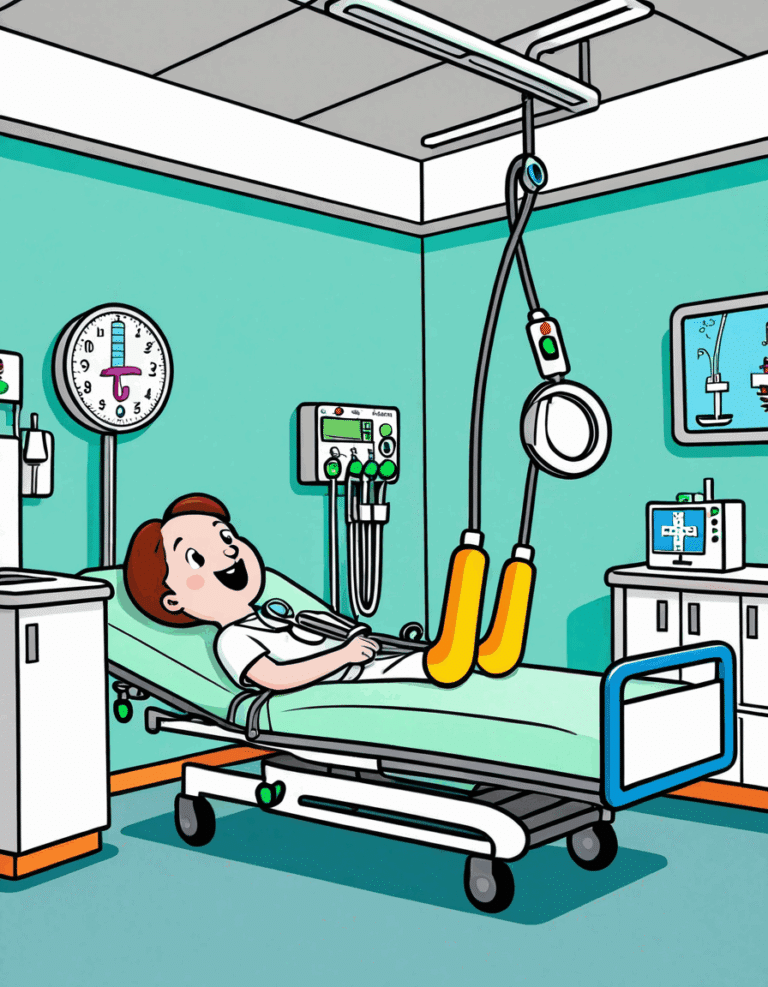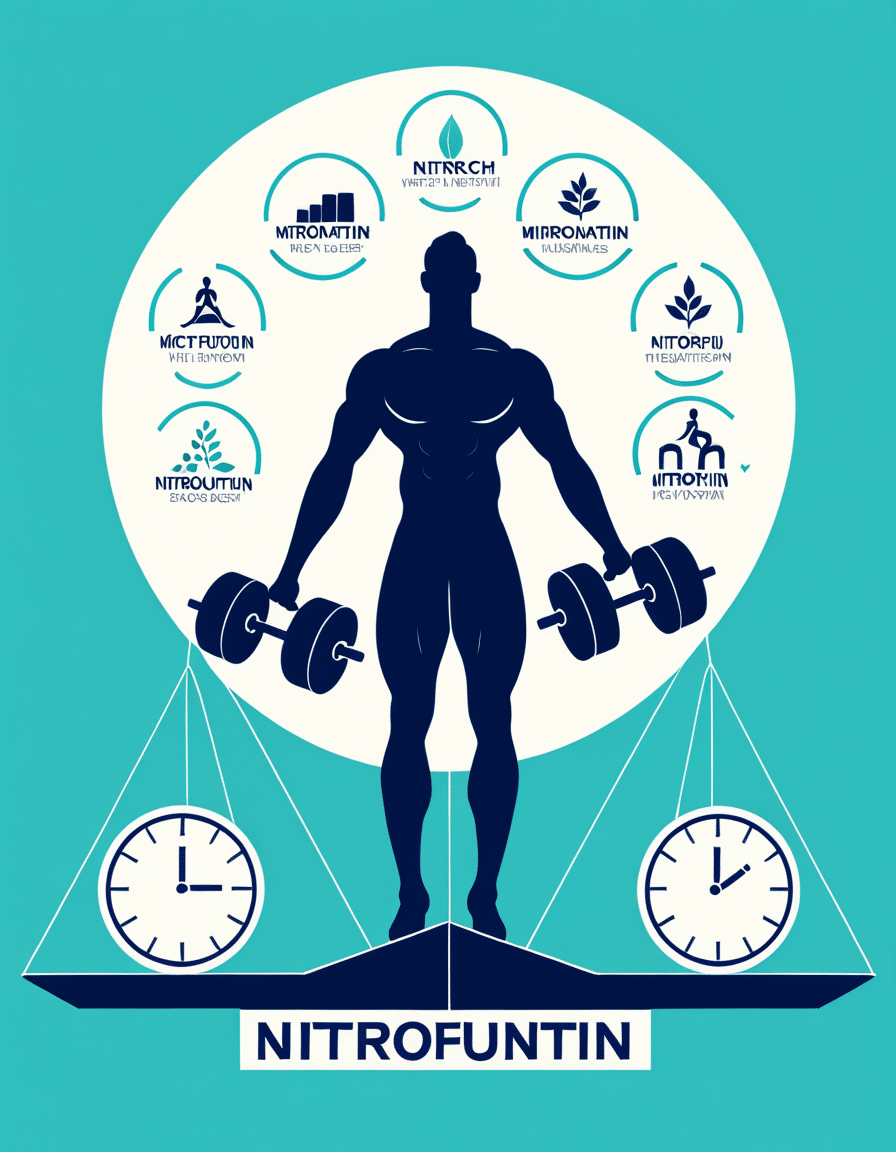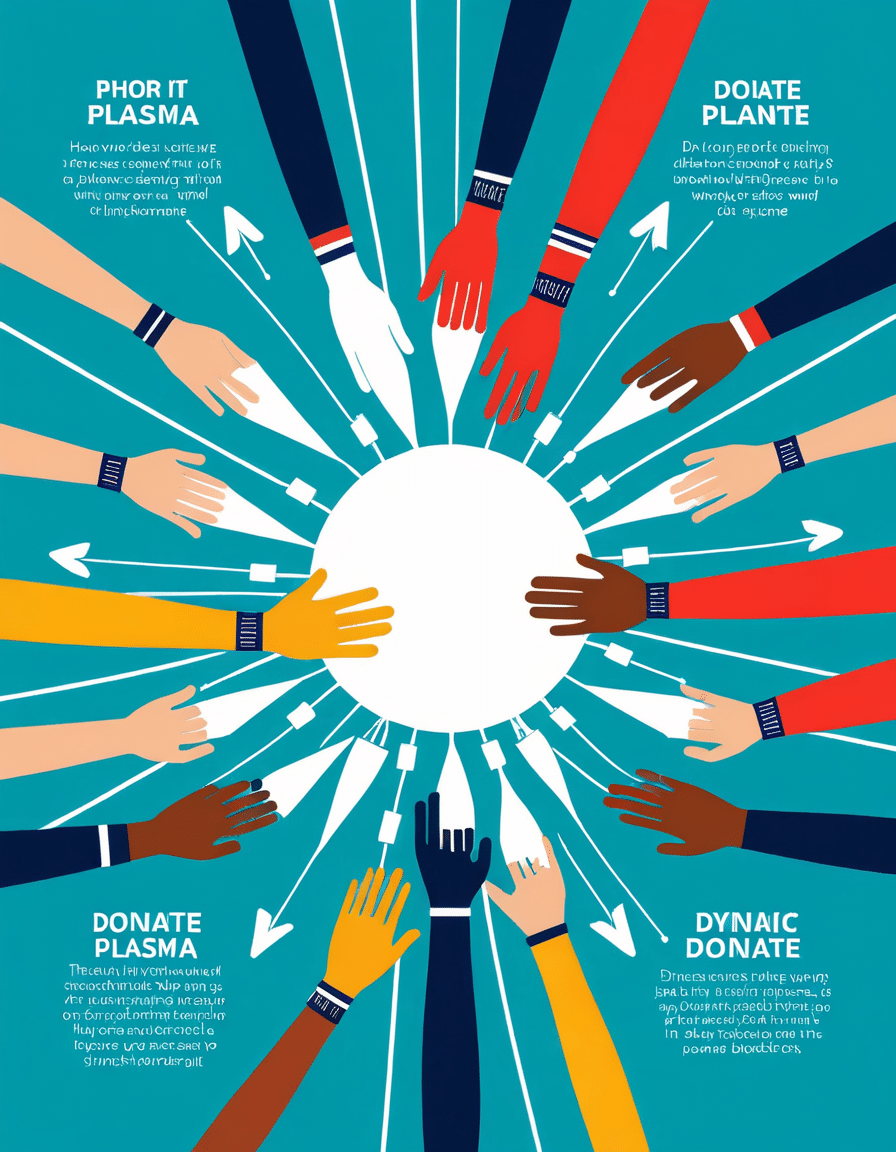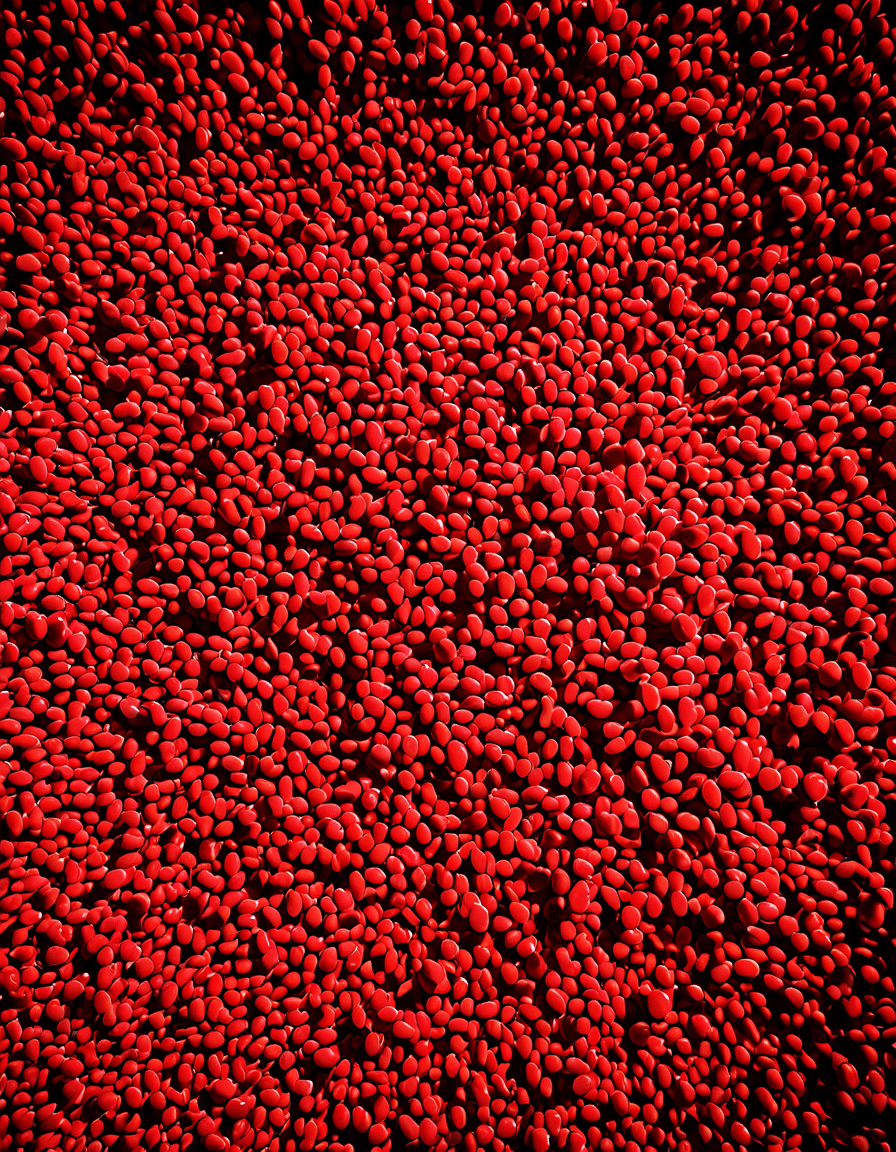Hey there, fitness warriors! You’ve probably heard the phrase “knowledge is power,” and that couldn’t be truer when it comes to Cushing’s triad. This critical clinical syndrome often pops up in the context of severe head injuries or other neurological emergencies. Recognizing this triad’s key signs could mean the difference between life and death, making it that much more vital for both medical pros and everyday folks to grasp its implications. Buckle up as we dive deep into Cushing’s triad, ensuring you’re armed with knowledge that’ll keep you sharp and ready for anything!

## Cushings Triad: Key Signs You Should Know Today
Let’s get right to it! Cushing’s triad consists of three main symptoms. If you know them, you’re ahead of the game in recognizing serious health issues!
1. Hypertension
When a person exhibits Cushing’s triad, they’ve likely got significantly elevated blood pressure. Picture a trauma patient strutting into an emergency room with systolic readings blowing past 160 mmHg! This surge in blood pressure serves as your body’s way of fighting against increased intracranial pressure (ICP). Think of it as your body’s superhero attempt to keep blood flowing to the brain, even when things are going haywire.
2. Bradycardia
Next up is bradycardia, which means a heart rate that’s less than 60 beats per minute. This one seems a bit paradoxical, doesn’t it? How can a slow heart rate be linked to a dangerous condition? Well, in critical situations like severe brain injuries, this decrease in heart rate represents a compensatory mechanism. So, when you see elevated blood pressure coupled with bradycardia, it’s a clear sign to raise the alarm bells!
3. Irregular or Abnormal Respirations
Lastly, you’ve got irregular or abnormal respirations. This could look like Cheyne-Stokes respiration—a pattern where you see a cycle of rapid breathing followed by periods of no breathing at all. It’s alarming, to say the least! In patients suffering from heightened ICP, these respiratory issues signal compromised brain function. Recent studies have shown a direct connection between abnormal breathing patterns and worsening neurologic health.

Why Recognizing Cushing’s Triad is Crucial in Emergency Medicine
Being alert to the signs of Cushing’s triad can significantly change outcomes in emergency medical situations. Picture it: a busy trauma center, and every second counts. In one recent case from 2024, quicker identification of these symptoms enabled immediate intervention, resulting in lower mortality rates. It shows that training emergency responders to recognize Cushing’s triad can be a game-changer in care delivery.
So, how does that translate in real life? Well, consider a scenario where a player from your local sports team takes a hard hit. If you know the signs of Cushing’s triad, you can quickly call for help. That could mean the difference between a full recovery and tragic consequences. Eyes wide open, folks!
Differentiating Cushing’s Triad from Other Conditions
It’s crucial to distinguish Cushing’s triad from other evolving problems. For instance, conditions like hypertensive emergencies also display high blood pressure and altered heart rates. However, the unique combination of hypertension, bradycardia, and abnormal respirations truly sets Cushing’s triad apart. This differentiation helps hospitals fine-tune their treatment protocols, ensuring that patients get the right intervention at the right moment.
Moreover, the awareness of this triad can pave the way for proactive treatment options. For example, if a team of medical professionals is aware of this syndromic condition, they can act faster, lowering the risk of severe complications. Being prepared is key!
The Broader Implications of Increased Intracranial Pressure
Hold up! We can’t turn a blind eye to what Cushing’s triad really signifies. It’s not just a standalone issue; it’s often a warning bell for substantially severe pathologies like brain tumors, cerebral hemorrhages, or traumatic brain injuries. A recent longitudinal study published in late 2025 revealed that 40% of patients displaying Cushing’s triad had suffered significant trauma from blunt force strikes. That’s a staggering number, highlighting the need for rapid and efficient neuroimaging, like CT scans or MRIs, to get to the root of the problem.
With the stakes so high, understanding Cushing’s triad’s implications becomes paramount. Are you ready to step up your knowledge and watch out for these signs, even in your everyday life? This isn’t just jargon; it’s survival. Let’s go!
Future Developments and Research Directions
As we venture into the future, the medical community is hot on the trail of advanced biomarkers aimed at predicting fluctuations in intracranial pressure. Researchers are also exploring non-invasive methods for early detection. What’s even cooler? Telemedicine is growing in significance, especially in remote areas. This tech enables EMS teams to communicate findings in real time with hospitals, gearing up for effective treatment before the patients even arrive!
On top of that, innovative monitoring systems are emerging to track vital sign changes linked to brain-pressure levels. Technologies integrating artificial intelligence tools promise monumental shifts in neurological care. These advancements might soon provide clinicians with insights that could save lives.
Addressing Knowledge Gaps in Cushing’s Triad Recognition
Let’s face it; awareness around Cushing’s triad is still lacking for many folks. We need to ramp up public knowledge about these crucial signs. Medical professionals and educators must prioritize outreach, especially among high-risk groups—like athletes participating in contact sports. Imagine if coaches and parents knew exactly what to look for; it could lead to faster emergency responses and ultimately better outcomes.
In schools, engaging awareness initiatives could transform how sports are approached and managed. Programs that teach the signs of Cushing’s triad could save lives and lead to a culture steeped in well-being and safety. Time to take action!
Navigating the Complexity of Cushing’s Triad in Clinical Practice
With Cushing’s triad holding monumental importance for patient outcomes, recognition and understanding are imperative. It’s not just a medical detail; it’s about saving lives. The continued pursuit of knowledge and ongoing research will deepen our grasp of the triad’s underlying mechanisms while refining our responses to it. As modern healthcare leans into more technology-driven solutions, letting the nuances of Cushing’s triad guide us can be the key to efficient emergency care.
So what have we learned? Knowledge stands as the ultimate equalizer. In fitness and in life, let’s stay vigilant, power up our intellect, and arm ourselves with the knowledge to keep ourselves and others safe. Remember, being aware of symptoms can lead to immediate action—and that’s the real flex!
For more insights on health and wellness, check out informative articles like what you’re looking for in the best face wash For sensitive skin, and learn how to optimize your hydration with guidelines on How much water You Should drink in a day. Together, we’re on the path to becoming the best versions of ourselves! Let’s hit those goals—stay inspired!
cushings triad: Key Signs You Should Know Today
What is cushings triad?
cushings triad refers to a trio of classic symptoms indicating severe brain injury or increased intracranial pressure, namely irregular respirations, hypertension, and bradycardia. While most readers aren’t in the medical field, knowing these symptoms can be lifesaving. After all, spotting them could mean the difference between quick intervention and dire consequences. In a way, understanding such medical signs is as crucial as knowing how much water you should drink per day to stay hydrated and healthy.
But you might be surprised to learn that conditions leading to cushings triad can be extensive. Everything from head trauma to brain tumors can trigger these symptoms. Imagine spotting the warning signs after a biking accident on your Can Am Ryker—it might not just end with a couple of scrapes, but rather you could be looking at cushings triad in extreme cases!
Signs to Watch For
The hallmark signs include a widening pulse pressure, and it’s essential to recall these indicators when faced with a medical emergency. When blood pressure spikes while pulse rate drops, you’re entering the realm of cushings triad. It’s a little like checking for stable factors in a recipe before adding your tanktop to show off those gains; you need that foundation to enhance the final result. Additionally, don’t ignore signs of abnormal breathing patterns—it’s critical.
Did you know that observational skills can also pack a punch when it comes to detection? Just like spotting the latest trends in men’s fashion or figuring out the best uses for linzess can make you stand out, being alert to these symptoms may just save a life. Quick recognition could make you the hero of the day, standing out just like an over-the-counter Viagra ad at your local pharmacy—bold and essential.
Why It Matters
Understanding cushings triad isn’t just for medical professionals; it’s a shared responsibility. Recognizing these warning signs can lead to faster treatment. Similar to how folks tune into pivotal interviews, like the one about Harris on Fox, being clued into your body and the signs it presents can prove invaluable. Next time you see someone exhibiting symptoms of cushings triad—or even just engage in ordinary observation—remember, you could make a significant impact. In sensational cases, it’s akin to understanding the sensitivities behind incidents like Columbine, where timely intervention might have altered outcomes dramatically.
So, while no one wants to think about brain injuries, having the knowledge to identify cushings triad may just equip you to handle a serious situation when it arises.



























